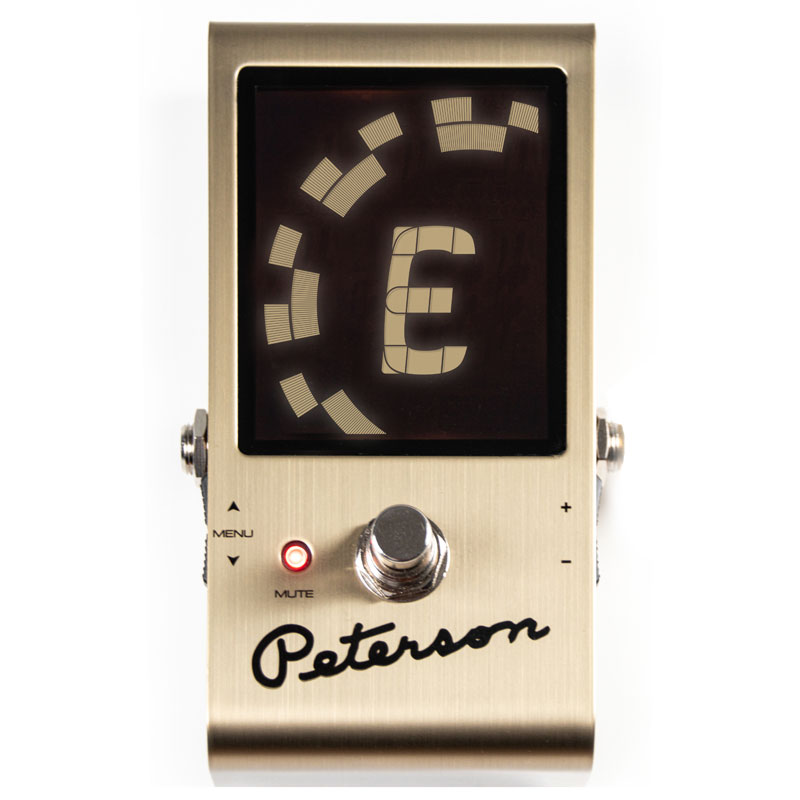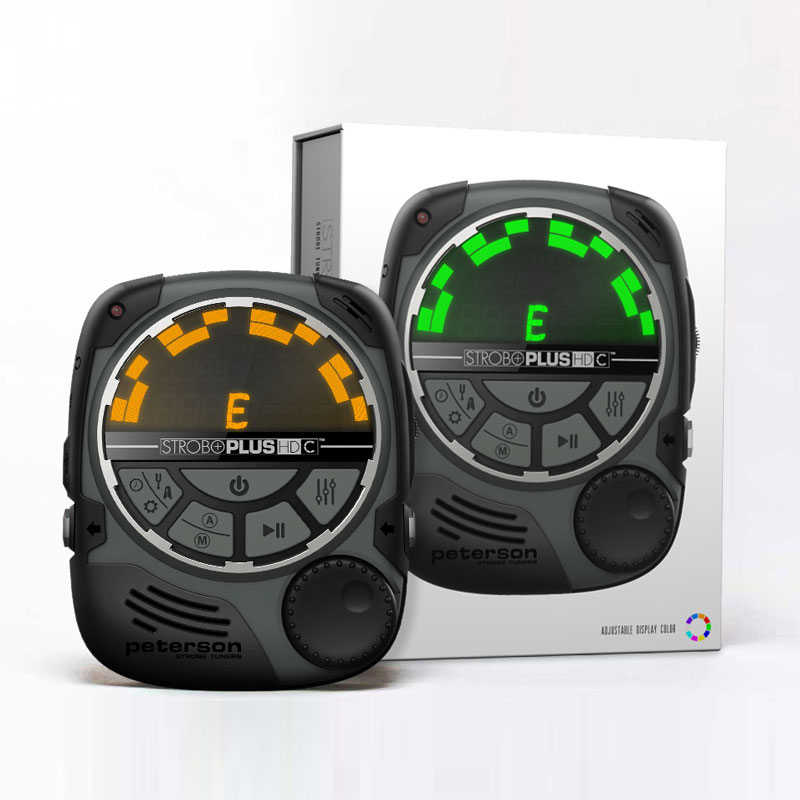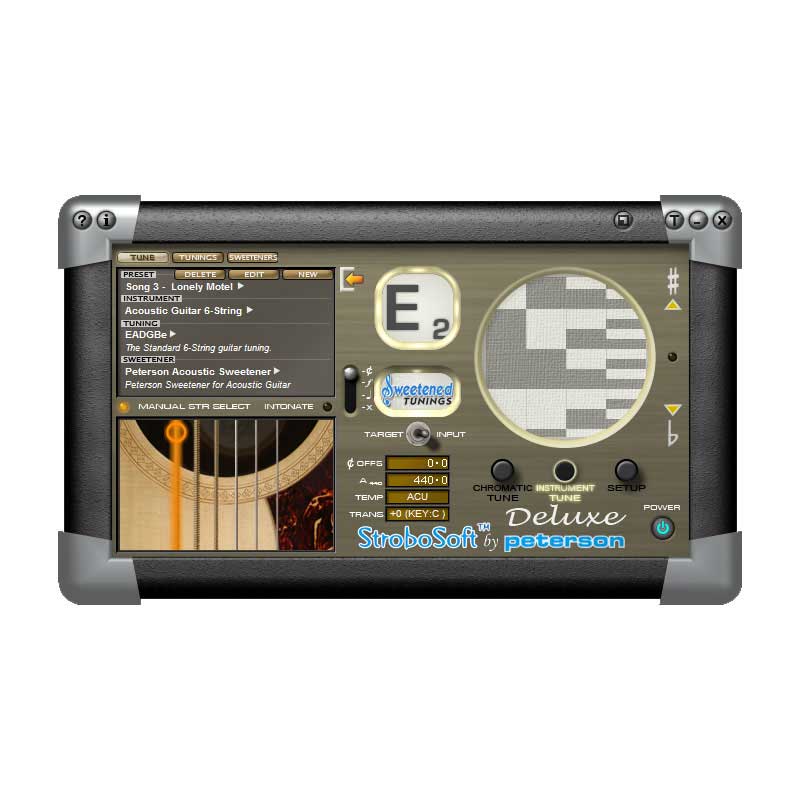Classical Violin
Overview
Sweetened Tunings
Products
More Info
violin Videos
Discuss
Classical Violin
Overview
Violinists have a love/hate relationship with electronic tuners for good reason, up to now most electronic tuners made have the wrong settings for tuning a violin correctly, the interval spacing between the strings of a violin is slightly wider than electronic tuners indicate, this is astonishingly true even for tuners which are marketed specifically to violinists!
The violin is tuned to the notes G D A E with the lowest open string pitch being G and the highest pitch being E. The intervals G to D, D to A and A to E on a correctly tuned violin are all Perfect Fifth intervals. The interval G to D, D to A and A to E on an electronic tuner are Equally Tempered Fifths, so what does that mean?
The notes that make a perfect fifth interval are in total consonance with one another, there is no oscillation or beating heard when played together. The notes that make up an equally tempered fifth are not in consonance with one another and a slight oscillation or beating will be heard when played together. Equally Tempered fifths are 1.9 cents narrower than perfect fifths and the cumulative error caused by tuning using a tuner without a Violin Sweetener can be as much as six cents in the case of a five string violin, a totally unacceptable result.
So why would a tuner manufacturer make tuners which don’t really tune?
The answer is two-fold:
1. Its cheaper to use a generic “one size fits all” system like Equal Temperament for tuners, specifics pertaining to interval tuning of certain instruments including violin are simply ignored. An unnatural rather than natural tuning is the result.
2. Accuracy is required in order to display multiple types of interval tuning, impossible on a typical low resolution tuner display The result is that violinists don’t like tuners, they tune by ear. Tuning by ear is not a problem when time and ambient noise allows. It is however a problem when working professionally in an orchestra pit, studio or live situation where time is tight, standards exacting and conditions less than optimal.
If you are someone who plays professionally, then tuning will be a consideration and a tuner that works professionally is what you need. Peterson tuners feature the correct interval tuning target displays for violin, just dial in the VLN Sweetener and let the tuner do the work for you!
Standard And Alternate Tunings for violin family instruments
Classical Violin
Cajun Fiddle
Appalachian Fiddle
Celtic Violin
Scandinavian Violin
G3 D4 A4 E5
Standard Orchestral
F3 C4 G4 D5
A3 D4 A4 E5
D Tuning
A3 E4 A4 E5
A3 D4 A4 E5
Oppstilt
A3 D4 A4 E5
Vivaldi
G3 D4 G4 D5
A3 E4 A4 C#5
Calico Tuning
A3 D4 A4 E5
A3 D4 F#4 E5
Huldre
G#3 D#4 A#4 F5
Paganini
G3 D4 A4 G5
D3 D4 A4 D5
Boneparts Retreat
A3 A3 A4 E5
D3 D4 A4 E5
Lausbas
G#3 D4 A4 D#5
Bartók
G3 D4 G4 B4
G3 E4 A4 E5
A3 E4 A4 C#5
Näckastämning
Classical Violin
G3 D4 A4 E5
Standard Orchestral
A3 D4 A4 E5
Vivaldi
G#3 D#4 A#4 F5
Paganini
G#3 D4 A4 D#5
Bartók
Cajun Fiddle
F3 C4 G4 D5
G3 D4 G4 D5
G3 D4 A4 G5
G3 D4 G4 B4
Appalachian Fiddle
A3 D4 A4 E5
D Tuning
A3 E4 A4 C#5
Calico Tuning
D3 D4 A4 D5
Boneparts Retreat
Celtic Violin
A3 E4 A4 E5
A3 D4 A4 E5
A3 A3 A4 E5
G3 E4 A4 E5
Scandinavian Violin
A3 D4 A4 E5
Oppstilt
A3 D4 F#4 E5
Huldre
D3 D4 A4 E5
Lausbas
A3 E4 A4 C#5
Näckastämning
Sweetened Tunings
Sweeteners For Violin
Products With Violin Sweeteners

StroboClip HDC-V
$84.99

StroboClip HDC
$79.99

StroboStomp Mini
$119.00

StroboStomp LE
$169.00

StroboPLUS HDC
$179.99

StroboStomp HD
$149.00

StroboClip HD
$59.99

StroboPLUS HD
$149.99

iStroboSoft™ (iOS)
$9.99


StroboSoft 2.0
$49.99 - $99.99
Things to check to get the most out of your instrument’s tuning
Keep an eye on fine tuners, ensure they are backed off enough to allow immediate adjustment at any time.
Check the tuning pegs to ensure a good friction is maintained between peg and pegbox to anchor the strings at pitch.
“Concert A” Pitch Adjustability
Famous violins
Electric Violin
View Another Instrument

